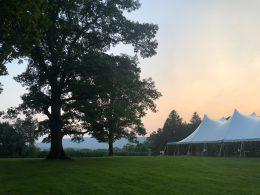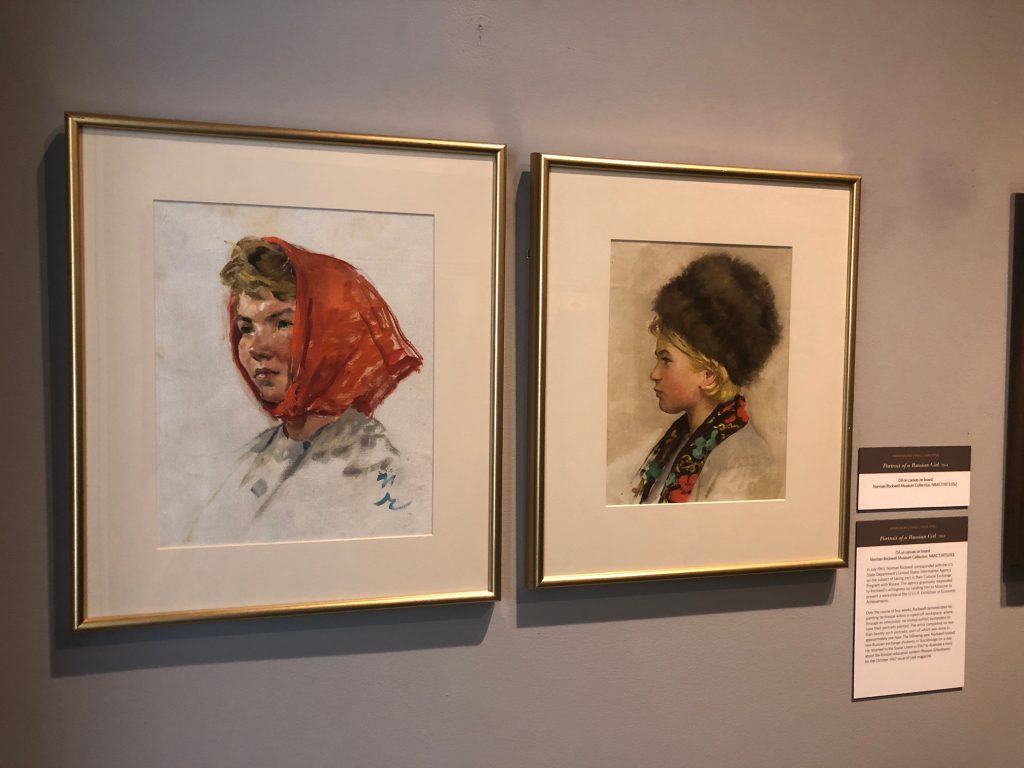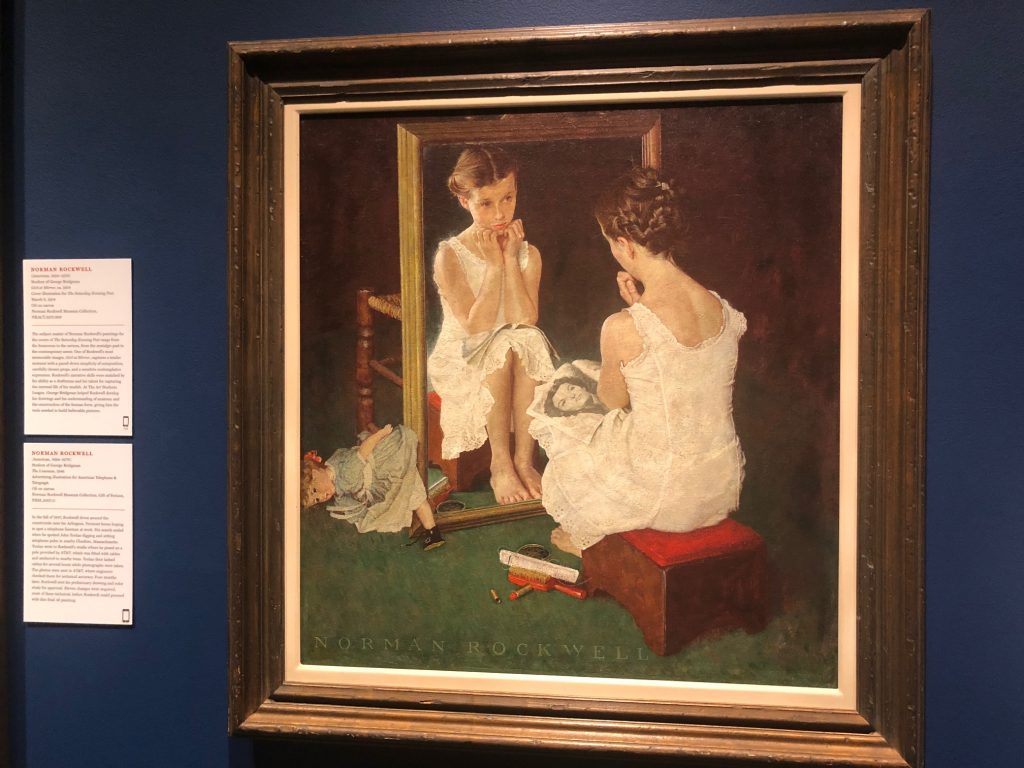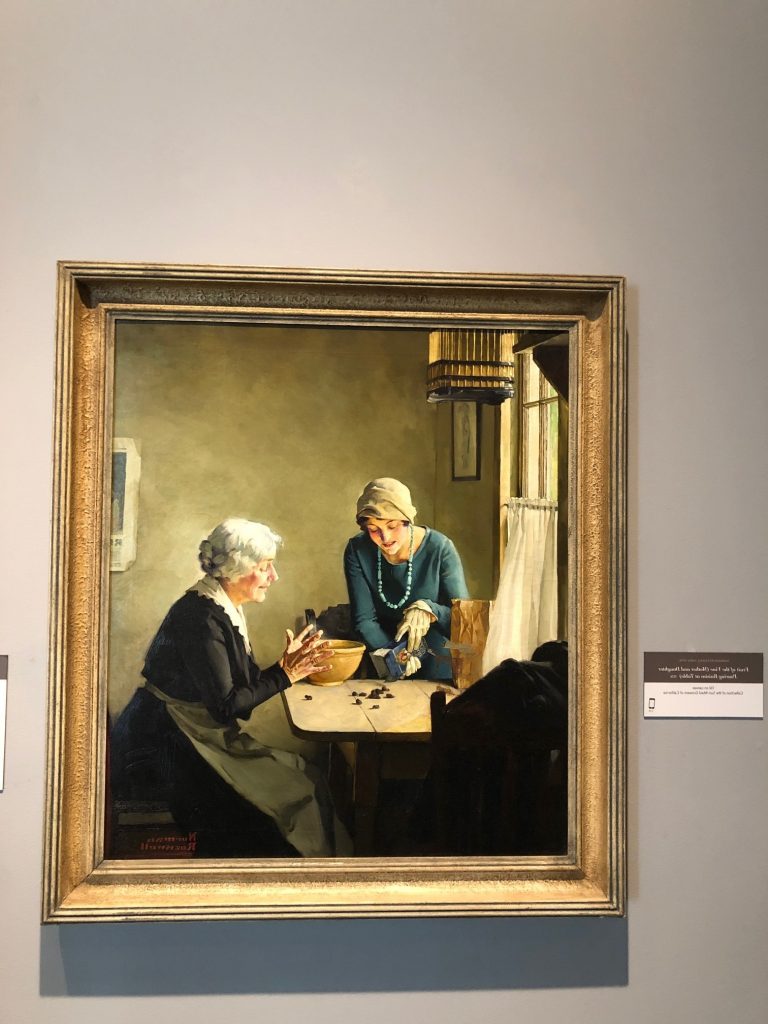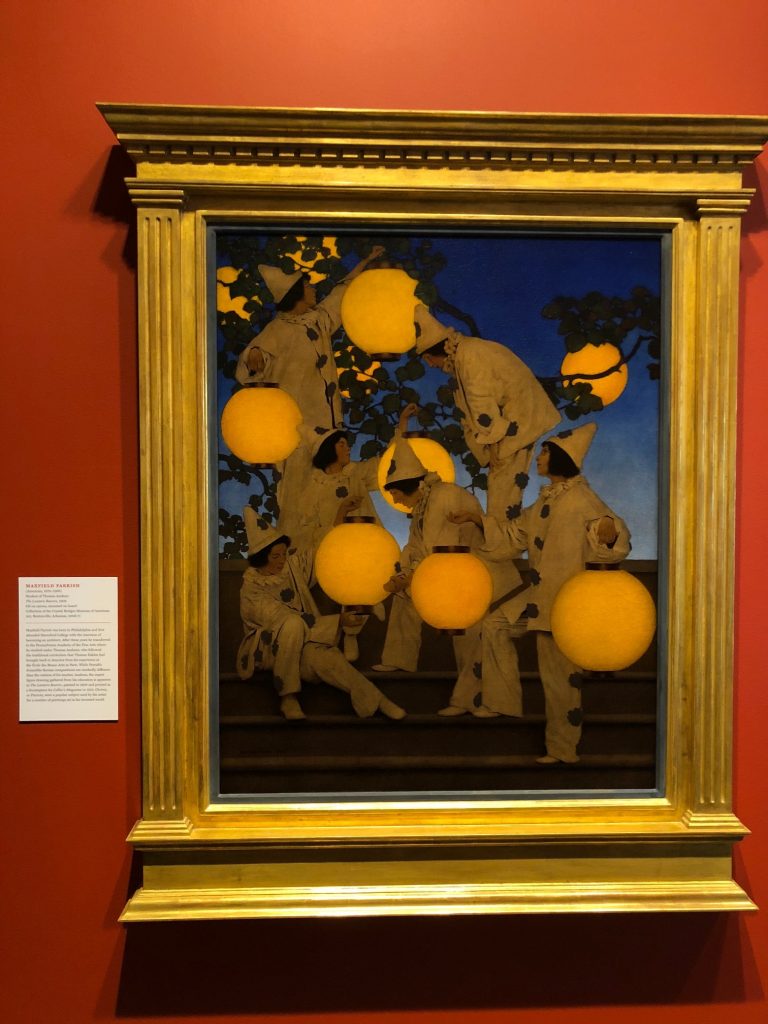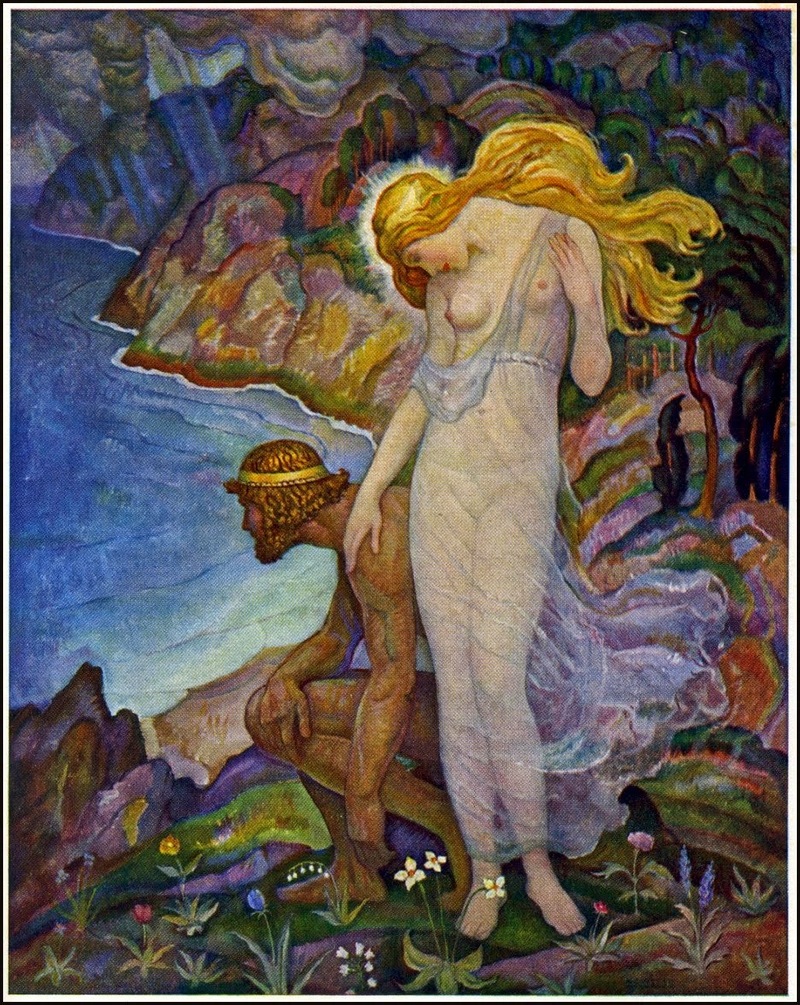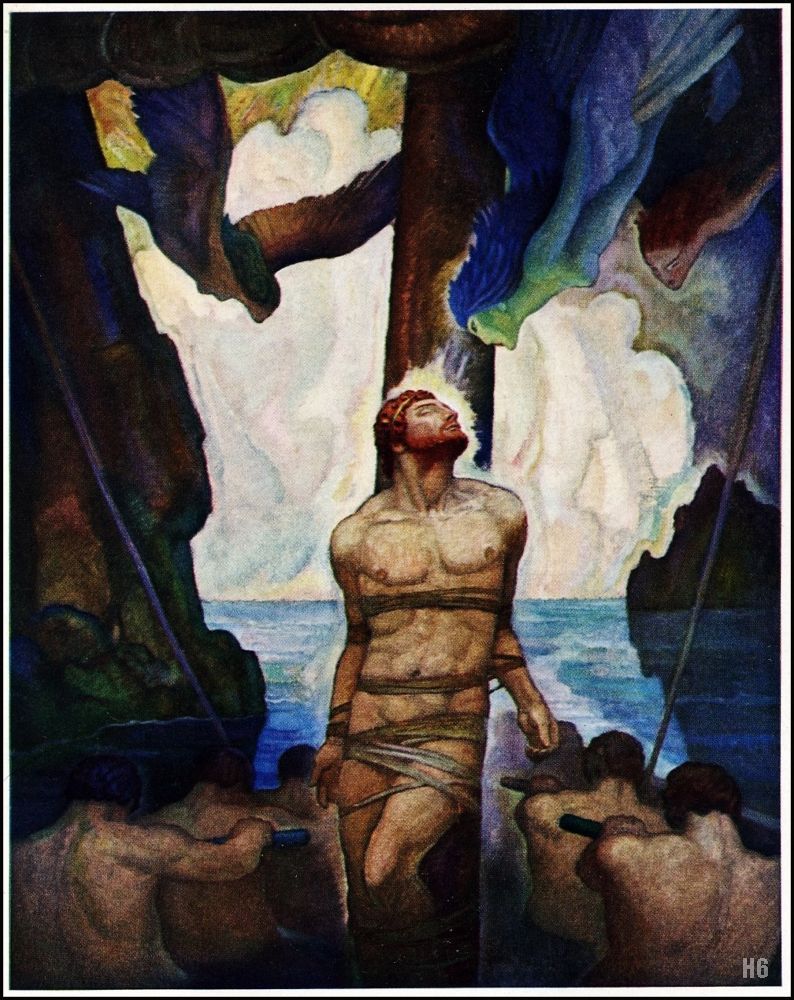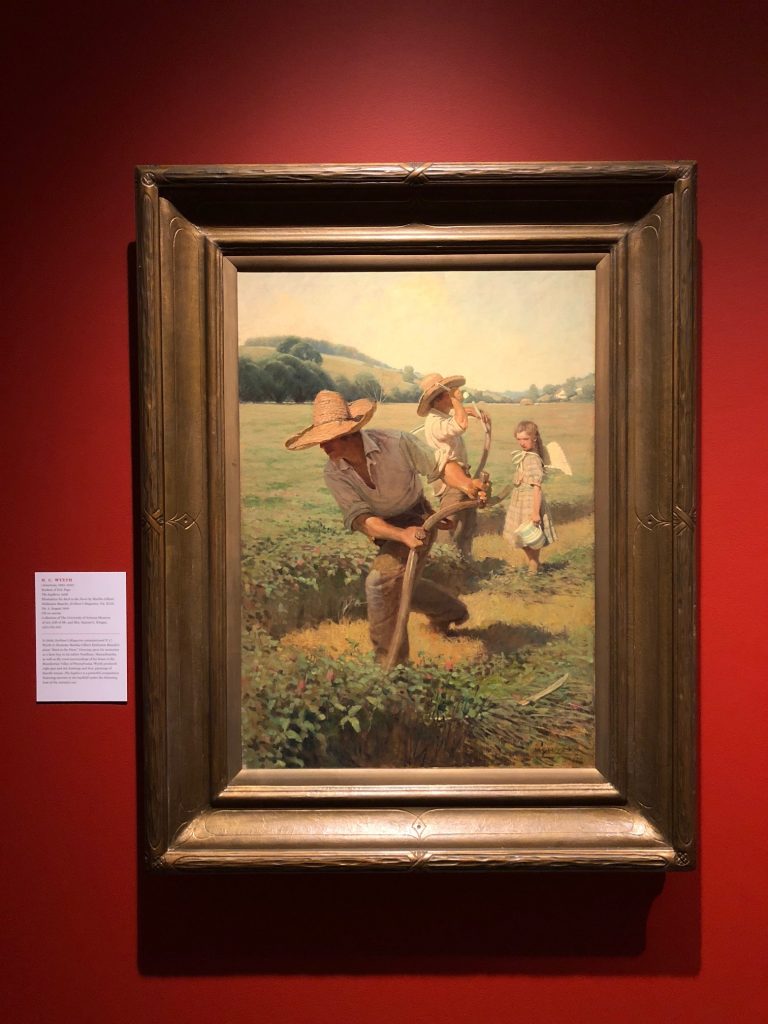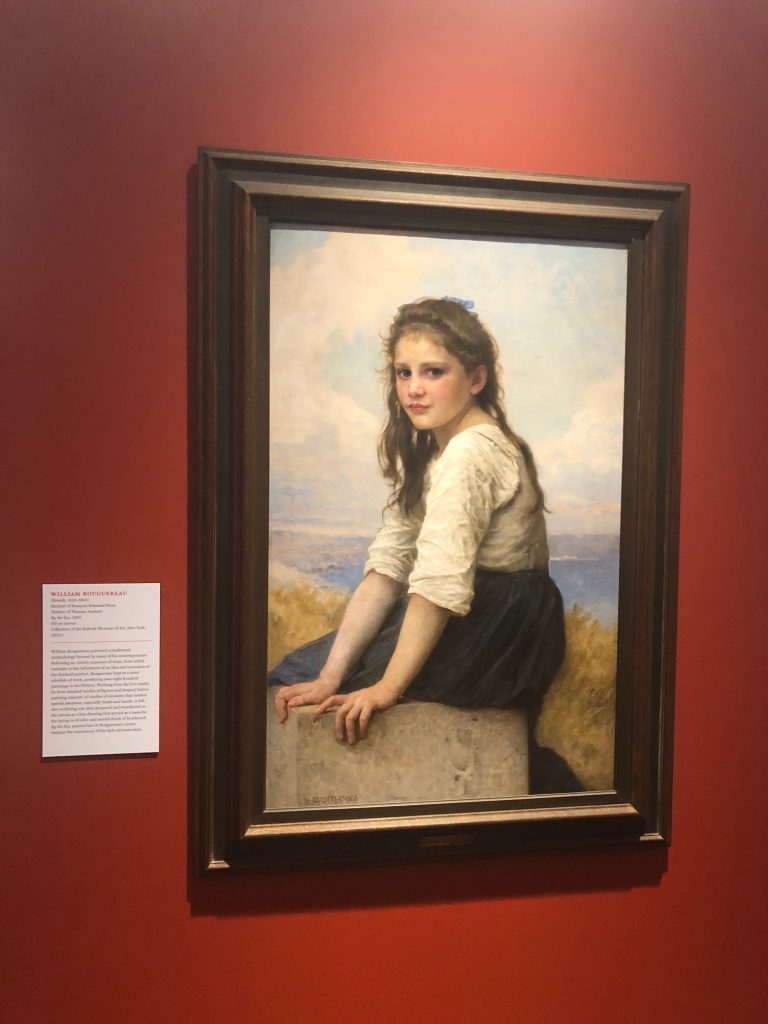Blue-State Arcadia:
A Summer’s Eve in the Berkshires
Posted By
Jacques
On
In
North American New Right
| Comments Disabled
Berkshire County in Massachusetts consists of the westernmost nine percent of the state that played such an illustrious role in the founding of our nation. Today, that county illustrates the irony confounding much of our nation: that we hear the loudest yelps for diversity among those who live in almost entirely white areas.
As of the 2010 census, Berkshire County was still over ninety-two percent white, yet in 2016 it voted for Clinton at a ratio greater than five-to-two. In fairness to my fellow Northeasterners, two counties adjacent to Berkshire County – Litchfield in Connecticut and Rensselaer in New York – went for Trump, while all other adjacent counties – Columbia in New York, Bennington in Vermont, and Hampden, Hampshire, and Franklin in Massachusetts – at least posted more favorable numbers for Trump (though the last two listed just barely).
Yet despite this singular political masochism of Berkshire County, it still cannot avoid showing its European heart. Especially during the summer, a sojourn there offers abundant cultural produce. Allow me to whet your appetite with a report about my feast last week, which began at the Norman Rockwell Museum in Stockbridge, continued with a performance of As You Like It by Shakespeare and Co. in Lenox, and concluded with a stirring concert of piano quartets by Mahler, Mozart, and Brahms, two miles down the road in Lenox, at Tanglewood.
***
In the early afternoon on August 17, without any idea of this summer’s specific offerings at the Norman Rockwell Museum, I arrived to find the majority of the gallery space devoted to an exhibition that could only thrill awakened white Americans. Titled Keepers of the Flame: Parrish, Wyeth, Rockwell and the Narrative Tradition, the exhibition consists of a plethora of paintings by Maxfield Parrish, N. C. Wyeth, and the museum’s namesake, as well as a healthy number of works by other painters – American and French – who were teachers to those three (or teachers to their teachers).
As the title indicates, the primary underlying theme is the great chain of teacher-student relationships in the history of Western painting, and the passing down of traditions from one generation to the next. The exhibit includes a huge touch screen, which displays a tree of such relationships, connecting Parrish, Wyeth, and Rockwell all the way back to the fifteenth century. (One finds that this tree includes that all-time genius, Leonardo da Vinci, among other historic figures.) The “narrative tradition” in the subtitle refers to the idea that keeping the flame is as much or more about passing down cultural and mythological traditions as technical or scientific ones. There’s also a more limited aptness to narration in that Parrish, Wyeth, and Rockwell did much commercial work, including illustrations for narrative texts.
Even aside from any taint of commercialism, undoubtedly some – pretentious and down-to-earth alike – would find Parrish and Wyeth (but particularly Parrish) to also have those qualities for which many critics often dismiss Norman Rockwell: sentimentalism, mass appeal, a disregard for the contemporary Zeitgeist of fine art, and so on. But I imagine that pace any such impressions of these artists, most viewers would find this exhibition to be at least a breath of fresh air from the Abstract Expressionism which so dominated the history of twentieth-century American painting – that spiritually castrated genre of the random splatters of Jackson Pollack, the stupid rectangles of Mark Rothko, and the utter nihilism of Ad Reinhardt.
In any case, a number of the paintings on display this summer in Stockbridge complicate dismissive generalizations of Rockwell and company. For proof that Rockwell is not merely a Pollyannaish portrayer of mainstream Americana, see, for example, these two portraits of Russian girls, and the complex facial expressions rendered in rustic brushstrokes:
No one disputes that Rockwell was a skilled draftsman, but perhaps underrated are his intellect and range, both of which shine through in Stained Glass Window. In this piece – constituted primarily of symbolic imagery – Rockwell masterfully pulls off a nearly photorealistic effect in a meta-work of art:
Even quintessential Rockwell can reveal depths of subtlety that cut against his reputation for corniness and cheesiness. Take, for example, one of Rockwell’s most famous works, Girl at Mirror, the image of which once featured on the cover of The Saturday Evening Post. The placard next to the painting in the exhibit refers to Rockwell having captured “a tender moment . . . and a sensitive contemplative expression.” I see, rather, a painting of subtle horror, wherein a young girl narcissistically tries to look like a pin-up model, as her neglected doll is bent over and sodomized by the mirror frame:
Not narrowly American, Rockwell’s art often recalls the European tradition generally, as it does explicitly in the following paint-child of Vermeer, Fruit of the Vine (Mother and Daughter Pouring Raisins at Table):
Of course, even as one appreciates Rockwell, one understands the critical view of much of his work. The same is true of Parrish, though if his work has too much sentimentalism, it is of quite a different character than Rockwell’s: luminous classical idealism rather than Main Street Americana. Perhaps in a less precarious time for Westerners, I’d consider Parrish cloying, but as it is, I find the brilliant glow of paintings like Enchantment (Cinderella) and The Lantern Bearers to be rather skillful, original, and even magical:
Judging by the exhibit, Parrish’s art – and Wyeth’s and Rockwell’s – was usually not in service of a tradition-destroying commercialism. It rather injected tradition into the realm of the commercial, as with Prometheus (the image of which was used in an advertisement for the Edison Mazda Lamp):
An example of N. C. Wyeth’s “traditional” commercialism (not on display at the exhibit) is this illustrated edition of The Odyssey:
In general, Wyeth’s oeuvre demonstrates the wide compass of the American tradition. The subjects of his paintings on display at Keepers of the Flame range from solitary American Indians, to white Americans exploring the Western frontier, to bucolic rural scenes squarely within the nineteenth-century French tradition. An example of the latter is The Scythers, which shows a deep resemblance in tone and texture to William Bouguereau’s By the Sea, one of the French paintings on display at the exhibit:
But Bouguereau was not teacher to Wyeth. He was, rather, grand-teacher to Parrish, through the American Thomas Anshutz. One of Wyeth’s teachers was the American Eric Pape, whose contribution to the exhibit includes the arresting The Last Man, which could easily be the cover art for a philosophical sci-fi novel:
In making art with broad appeal and for compensation, Rockwell, Parrish, and Wyeth were not “selling out” per se. Though it is crucial for art (and society at large) to maintain something of the aristocratic posture, this is often best accomplished through an effort to raise the consciousness of the masses closer to that of the aristocrat. It is a fair topic for debate whether the three painters at issue here accomplish this, but nearly all agree that Shakespeare’s art is of the noblest cast, and yet he has also been a most popular playwright, from his time down to ours.
***
Shakespeare charmingly encapsulated the necessity of appealing to an audience in the title of his comedy As You Like It. I attended an outdoor performance at the Shakespeare and Co. grounds in Lenox at five o’clock in the afternoon. The Sun gloriously bathed actors and audience alike in golden light as it gradually descended over the green Berkshire hills surrounding us. With the aid of sunglasses to soften the glare, it was the perfect setting for a Shakespearean comedy that takes place in the forest.
The play begins with Orlando, the youthful male hero, bemoaning the unjust treatment he receives at the hand of his older brother Oliver, the beneficiary of primogeniture. In Scene 2, we meet the cousins Rosalind and Celia, and learn that the former’s father, Duke Senior, has been exiled by the latter’s, the usurping younger brother Duke Frederick. The play therefore incorporates the Osiris-Set mythical theme, but in classic Shakespearean fashion, the Bard blends dualities, and we find both elder and younger sons constituting the male heroes.
By the end of Act I, despite (or perhaps implicitly because of) Celia’s lesbian love for her cousin, Frederick banishes Rosalind as well, and from here on out all the action takes place in the forest, where we meet a number of countrified characters in addition to the exiled aristocrats. Among the forest-dwellers is the mysterious, melancholy wanderer Jacques, who delivers one of Shakespeare’s most famous speeches midway through the play, on the seven acts and ages of man (which begins, “All the world’s a stage . . .”). This speech is one of those somber but wise interludes that Shakespeare peppers into his comedies – though it won’t spoil anything for those who haven’t seen or read the play to report that, as in Shakespeare’s other comedies, all ends well, with Rosalind and Orlando as the lead couple at the four-marriage finale.
Nine actors handled the entirety of the play, which calls for approximately twenty characters (though there are closer to a dozen or so well-defined roles). By and large, the nonet did a fine job, with one exception. Orlando was played by Deaon Griffin-Pressley, who is a dead ringer for Ta-Nehisi Coates, and this likeness was distracting, as was the lack of chemistry he had with Aimee Doherty (who otherwise did fine work as Rosalind). But even aside from this, Griffin-Pressley simply overacted, and did so in a narrow range of expression. Energetic and eager earnestness was the only note he struck.
Thankfully, in ensemble plays, it is hard for a single actor to ruin the whole show, and some of the other actors compensated. Mark Zeisler had just the sad eyes and wistful half-smile for Jacques, and he performed the traveler-philosopher well despite flubbing a few lines. Gregory Boover was charming as Silvius, a young shepherd we meet in the forest who is in love with the shepherdess Phoebe, and Mr. Boover also ably handled acoustic guitar duties for the silly-cutesy song-ditties that Shakespeare weaves into the play. (The first of those ditties begins, “Under the greenwood tree,” which Thomas Hardy used as the title for one of his classic novels.) MaConnia Chesser, a portly, middle-aged black woman, was entertaining as a female version of Touchstone, the fool who is actually wiser than most of the other characters, as Shakespearean fools are wont to be.
Since it is fun (and often useful) to commit to memory some of the brief witticisms from a Shakespeare play, I offer the following selection from As You Like It, along with fitting contexts for their use:
- for an atheist, when someone swears to God: “if you swear by that that is not, you are not forsworn”
- when falsely accused: “your mistrust cannot make me a traitor”
- when caught in a lie: “the truest poetry is the most feigning”
- for an attractive person caught in a lie: “honesty coupled to beauty is to have honey a sauce to sugar”
- when disagreeing because circumstances have changed: “‘Was’ is not ‘is’”
- when accused of not having done something that you may yet do: “omittance is no quittance”
Zooming back out, one of the principal themes of the play is the superiority of the rustic life of the forest compared with the pomposity of society. When we first meet Duke Senior at the outset of Act II, he asks rhetorically:
Are not these woods
More free from peril than the envious court?
Here feel we not the penalty of Adam.
Later, Corin, one of the simple shepherds we meet in the forest, explains the nature of his life:
Sir, I am a true labourer: I earn that I eat, get that I wear, owe no man hate, envy no man’s happiness, glad of other men’s good, content with my harm, and the greatest of my pride is to see my ewes graze and my lambs suck.
It is this simple, wholesome life that inspires Duke Senior at the end of the play, after all titles and riches have been restored, to delay returning to his court in order to rejoice in the forest. He encourages the marriage party to “forget this new-fall’n dignity / And fall into our rustic revelry. Play, music!”
***
Though “rustic revelry” does not usually best describe minor key piano quartets, I did my best to heed the Duke’s command, and proceeded to Tanglewood for some music, which is, like the Rockwell Museum and Shakespeare and Co.’s grounds, surrounded by hilly forest (see top photo).
The program included the first piano quartets of Mozart and Brahms – both in G minor – as well as the only surviving movement of an early Mahler attempt at such a quartet. The evening’s performers were the four women of The Skride Quartet, named after two beautiful Latvian sisters, the elder on violin and the younger on piano. Earlier this year, at The New York Philharmonic, Baiba Skride brought me to tears with her performance of Tchaikovsky’s stirring Violin Concerto, so I was quite excited as she and her fellow musicians walked onstage to a packed house and robust applause. Two hours later, they walked offstage to even greater applause, having more than satiated the audience with passionate, minor-key intensity.
The concert began with Mahler, which many readers will know from the Martin Scorsese film Shutter Island, in which it is explicitly discussed by the characters played by Leonardo DiCaprio and Mark Ruffalo. DiCaprio’s character, trying to place the familiar music in his memory, asks if it’s Brahms. While such confusion would be unlikely with regard to Mahler’s symphonies, the quartet movement was written early in Mahler’s career, before he assumed the bloated style of his symphonies. The piece is therefore indeed quite Brahmsian: passionate and romantic, without too much gesturing towards the twentieth-century trends of modernism that Mahler helped usher in.
The Skride Quartet immediately demonstrated its tasteful skill. A tricky thing with piano quartets is to make sure that the piano does not dominate too much, which is a risk even in a piano quintet. But during the Mahler piece, Lauma Skride, a year younger than her sister, masterfully handled her instrument, articulating her parts clearly without ever drowning out the strings.
As for Mozart, when world-class musicians are playing his music, one simply sits back and takes it in, grateful to be alive. I did so as The Skride Quartet graced the audience’s ears with the prodigy’s heavenly patterns, and as I was not much familiar with this piece beforehand, I did not have preconceptions as to how it should be played. I will add one comment, however, on Mozart generally.
Recently, a friend who does not listen much to classical music, and who is not at all musical himself, attended a concert of Mozart and Bruckner. He reported that he was quite intrigued by Bruckner, but found Mozart boring and predictable. Though I couldn’t feel any more different about Wolfgang Amadeus myself, I do understand what my friend means. For a number of reasons, the more formal classical music of pre-Beethoven times can seem to run together and blend into a predictable sound. One major reason, of course, is that since almost all music in the West is built upon the melodic and harmonic foundations laid down by the likes of Bach, Haydn, and Mozart, we take their originality and charm for granted as we do the air we breathe. But just as attending closely to one’s breath can thrill with the intensity of life itself, so does attending closely to Mozart and other composers from the more formal eras of classical music. If you find Mozart predictable, try intently focusing on some of his pieces in recordings, even pausing them at times to see if you can really predict what is coming. With such careful attention, you will find him surprising you at every turn, bursting with ideas of musical genius that enliven with the freshness of a deep breath.
Listening to Brahms is more like having a good cry – sometimes joyous, sometimes heartbreaking, often both at the same time – and the Hamburger’s Piano Quartet No. 1 is emblematic of his legendary passion. The Skride Quartet was up to the task in channeling that passion, and once again, the younger Skride perfectly handled the dynamics of the piano. A stunning instance was the martial-march theme that the piano announces a few minutes into the Andante con moto: it requires a firm and confident tempo, but a light touch on the keys, and Lauma nailed the balance. (For those less acquainted with Brahms, I recommend listening to this movement, which is in the heroic key of E-flat, for a taste of the quintessence of his music.)
It was the Brahms piece that brought the house down in thunderous applause, forcing the women back on stage three times for extra bows. The audience did not get its desired encore, but perhaps this was for the best, as one does not want to risk ruining the perfect capstone to an evening of excellent music. I highly recommend trying to catch such an evening when The Skride Quartet is on tour this coming season. As for Keepers of the Flame and As You Like It, they run through late October and early September, respectively, should you be in the area over the coming weeks.
***
That’s plenty of words for now on a single day, though it still just scratches the surface of what it is like to experience such an array of culture on a beautiful summer day in the rolling hills of western New England. My intention, dear readers, is of course not to gloat, but to provide a reminder of how rich our heritage is. I also wanted to highlight that even in places where our people are politically asleep, their hearts still beat European-American blood. There is yet much life left in our people, and despite our losses, we still have so much to fight for. Therefore, take heart, brothers and sisters, and if you need some help doing so, you can always turn to Shakespeare, Mozart, Brahms, and thousands of others of our dead, who’ve left us more treasures than can be savored in a hundred lifetimes.
